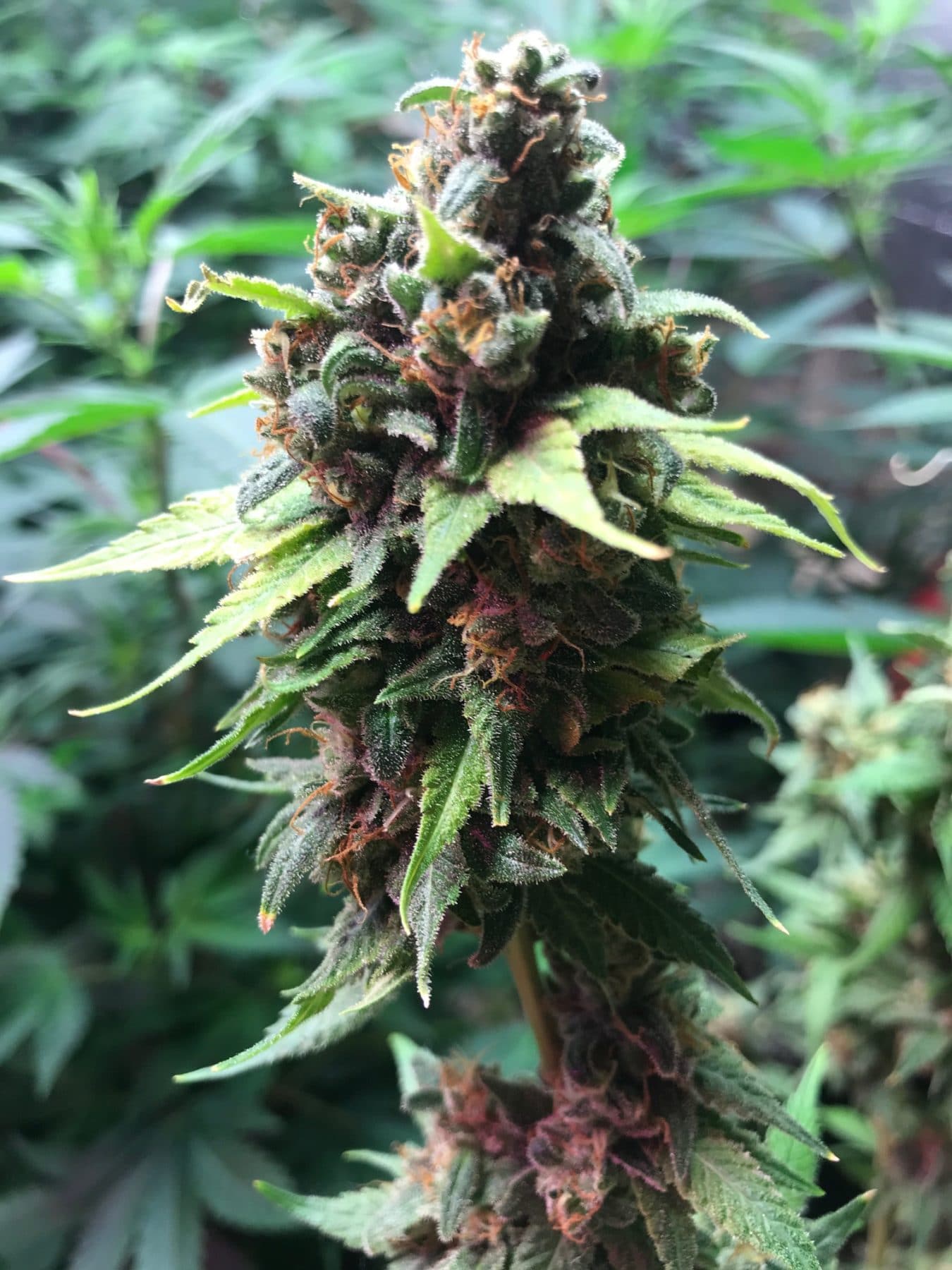In the realm of cannabis cultivation, mastering the Advanced Techniques of LST, HST, and Supercropping can significantly enhance both the yield and quality of your harvest.
Among these techniques, Low Stress Training (LST), High Stress Training (HST), and Supercropping stand out as powerful methods to optimize plant growth, maximize light exposure, and increase bud production. Let’s delve into each of these techniques to understand their principles and benefits.
Low Stress Training (LST)
Low Stress Training is a method employed to manipulate the shape and direction of a cannabis plant’s growth without causing significant damage. LST involves gently bending and tying down the branches of the plant to create a more even canopy.

By doing so, growers can ensure that light penetrates deeper into the lower parts of the plant, stimulating the growth of additional budding sites and ultimately increasing the overall yield.
The key to successful LST lies in gradually training the plant during its vegetative stage. By tying down branches and securing them in place, growers encourage the plant to grow horizontally rather than vertically. This horizontal growth allows for more even distribution of nutrients and light, resulting in healthier and more productive plants.
High Stress Training (HST)
Unlike LST, High Stress Training involves more aggressive techniques that can shock the plant temporarily but often lead to increased yields in the long run. Examples of HST techniques include topping, fimming, and defoliation.
Topping and fimming both involve strategically removing the apical meristem (the main growing tip) of the plant. This encourages the growth of multiple colas (bud sites) instead of one dominant cola, leading to bushier plants with more potential for high-quality buds.
Defoliation, on the other hand, entails the selective removal of fan leaves to allow more light to reach the lower parts of the plant. While this may seem counterintuitive, as leaves are essential for photosynthesis, defoliation can actually stimulate new growth and increase bud production, especially when performed during the flowering stage.
Supercropping
Supercropping is a technique that involves intentionally damaging the plant’s stems to promote lateral growth and increase nutrient flow. By gently squeezing and bending the stems until they bend but do not break, growers can encourage the plant to produce additional secondary branches. These new branches will eventually develop into additional budding sites, resulting in higher yields.
Supercropping also helps strengthen the plant’s overall structure, making it more resistant to wind damage and supporting the weight of heavy buds during the flowering stage. Additionally, by increasing the surface area exposed to light, supercropping can enhance the plant’s ability to photosynthesize and produce energy, ultimately leading to healthier and more robust growth.
Conclusion
Incorporating advanced techniques such as LST, HST, and Supercropping into your cannabis cultivation practices can unlock the full potential of your plants and significantly increase your yield and quality. However, it’s essential to approach these techniques with care and precision, as improper implementation can stress the plants and lead to reduced productivity. By understanding the principles behind each technique and applying them thoughtfully, growers can cultivate healthy, vigorous plants that produce bountiful harvests of top-shelf cannabis.
Please Share This Important Article

 Cannabis News1 year ago
Cannabis News1 year ago
 One-Hit Wonders1 year ago
One-Hit Wonders1 year ago
 drug testing4 months ago
drug testing4 months ago
 Cannabis 1011 year ago
Cannabis 1011 year ago
 Marijuana Business Daily1 year ago
Marijuana Business Daily1 year ago
 Education1 year ago
Education1 year ago
 Education1 year ago
Education1 year ago
 Cannabis1 year ago
Cannabis1 year ago
















